Prospective Proposal for Teaching Wellness in the Health and Physical Education Curriculum for the Intermediate and Secondary Stages in the Kingdom of Saudi Arabia
Main Article Content
Abstract
The study aimed at evaluating the practices of teaching wellness in the health and physical education from the viewpoints of health and physical education teachers in the Kingdom of Saudi Arabia, to construct a proposed conception for teaching wellness in health and physical education curricula for the intermediate and secondary stages. The study implemented the descriptive method and the researcher constructed a questionnaire consisted of 46 items of practices for teaching wellness to intermediate and secondary stages students. The questionnaire was applied to a representative sample of health and physical education teachers and supervisors (n.404) in the Medina educational region in the period from July to August 2022. The sample was considered representative of the study population at a level of significance (0.5) according to the Kirgzy Morgan equation. The most important results of the study were that the actual teaching practices of wellness from the viewpoints of health and physical education teachers were low, and the expected teaching practices for wellness from the viewpoints of health and physical education teachers were high. Arranging the wellness practices from the viewpoints of health and physical education teachers according to rank was as follow: physical, economic, personal, cultural, intellectual, environmental, spiritual, and emotional wellness. The study recommended teaching wellness in the health and physical education curricula for the intermediate and secondary stages through application in the field of study.
Article Details

This work is licensed under a Creative Commons Attribution-NonCommercial 4.0 International License.
References
Abdel-Karim, M. A.-H. (2015). The school sports system, “The Environment - Policies - Curricula and Study Programs - Evaluation. Dar Al-Fikr Al-Arabi, Cairo, 45.
Abdul Qadir, A. M. A. (2018). The effect of an enrichment program based on the knowledge economy accompanying the field training course on the effectiveness of aspects of the physical education class for the student teacher at the Faculty of Physical Education, Damietta University. Scientific Journal of Physical Education and Sports Sciences, 84, 1.
Al-Badawi, A. M. H. M. Z. (2008). The National Program for Health and Environmental Promoting Schools in the General Education Stages in Cairo Governorate: An Evaluation Study. (Unpublished Master’s Thesis). Cairo University, Cairo, 23.
Aldewan, L. H., & Al-Temimy, S. L. A. (2013). Formative assessment to the method of teaching methods according to the model of Rosenberg. Journal of Studies and Researches of Sport Education, 36, 95–108.
Aldewan, L. H., Noori, A. B., & Oda, M. J. (2022). The influence of the rofini model on learning some basic skills and sensory perceptions in the game of female tennis. Journal of Studies and Researches of Sport Education, 32(1), 16–27. https://doi.org/https://doi.org/10.55998/jsrse.v32i1.285
Al-Harbi, M. bin Z. H. M. M. M. and A.-Z. T. E. A. (2020). The role of the physical education teacher in enhancing the intellectual security of secondary school students in Riyadh. Journal of Physical Education Sciences, 14–31.
Al-Hazza, H. (1416). The burden placed on the cardiorespiratory system during the physical education lesson in the primary stage: Is it sufficient to develop cardiorespiratory fitness? . Riyadh, Educational Research Center, College of Education, King Saud University.
Al-Khatib, K. M. (2015). Curricula of Physical Education in Light of Quality Standards,. Dar Al-Ilm and Al-Iman for Publishing and Distribution, 34–37.
Al-Lahibi, A. bin H. N. et al. (2020). The level of availability of professional standards among physical education teachers in Riyadh. Journal of Sports Sciences and Physical Education, 67.
Baazi, R. and K. N. (2017). The teaching competence of the secondary education teacher and its relationship to some life skills “communication” among secondary school students during the physical education and sports class. Al Ma’ayyir Magazine, 150-165.
Ismail, M. A. M. (2016). Fitness and wellness for everyone. Scientific. Journal of Physical Education and Sports Sciences, 26, 1 14.
Kadhim, M. A. A. (2020). The effect of instant feedback on performance at the digital level on discus effectiveness. Indian Journal of Forensic Medicine & Toxicology, 14(4). https://doi.org/10.37506/ijfmt.v14i4.11907
Mokhtari, Y. (2014). Studying the impact of social relations on the tasks of the teacher of physical and sports education in teaching the subject. Professional Magazine, 166–178.
Mousa, H. J., Hadi, A. K., & Ali Kadhim, M. A. (2019). Effectiveness of the Ultrasonic Device with Therapeutic Exercises in the Rehabilitation of Knee Joint Injury in Football Players. Indian Journal of Forensic Medicine & Toxicology, 13(4), 320–325.
Said, I. (2018). The impact of the personality of the physical education teacher on the self-development of the learner. Journal of Sports Sciences and Physical Education, 2, 1, 41.
Al-Hazzaa,H. et al. (1994). Cardiorespiratory fitness, physical activity patterns and coronary risk factors in preadolescent boys. Int. J.ofsports Med, 15(5), 267-272.
Hwang,Bok-Soon: An Analysis of Sport Safety in Republic of North Korea School sport Programs.EDD,United State Sports Academy,Dissertation Abstracts, DAI-A, 58/02 , p413, Aug.,2009.
Buns, M. T., & Thomas, K. T. (2015). Impact of physical educators on local school wellness policies. Physical Educator, 72(2), 294
Brewer, H. J., Nichols, R., Leight, J. M., & Clark, G. E. (2017). Preparing physical and health education teacher candidates to create a culture of wellness in schools: New curriculum, new message. Journal of Physical Education, Recreation & Dance, 88(9), 14-20.
Crossman, Joanne M : Planning, Practising and Prioritising Wellness through an Integrative Behaviour Change Plan , Health Education Journal, v75 n7 p823-832 Nov 2016
Comess, J., & Burwell, C. (2021). Using a Learning Community at an HBCU to Influence Health and Wellness. Learning Communities Research and Practice, 9(1), 7.
Cheon, O., Naufal, G., & Kash, B. A. (2020). When workplace wellness programs work: Lessons learned from a large employer in Texas. American Journal of Health Education, 51(1), 31-39.
Higgins, S. J. W., Lauzon, L. L., Yew, A. C., Bratseth, C. D., & McLeod, N. (2010). Wellness 101: health education for the university student. Health Education.
Hawks, S. R., Elsmore, E., & Hawks, J. L. (2021). Harnessing the Health Promoting Benefits of Yoga: A Promising Opportunity for Health Educators. American Journal of Health Education, 52(2), 68-71.
Keele, H. T. (2017). One Miami-Dade Elementary School's Approach to Wellness: A Case Study (Doctoral dissertation, Barry University).
Martin H& Nikos.. 2006 The Socil Psychology of Exercise and Sport Pinted in Poland .by o.z S. A.
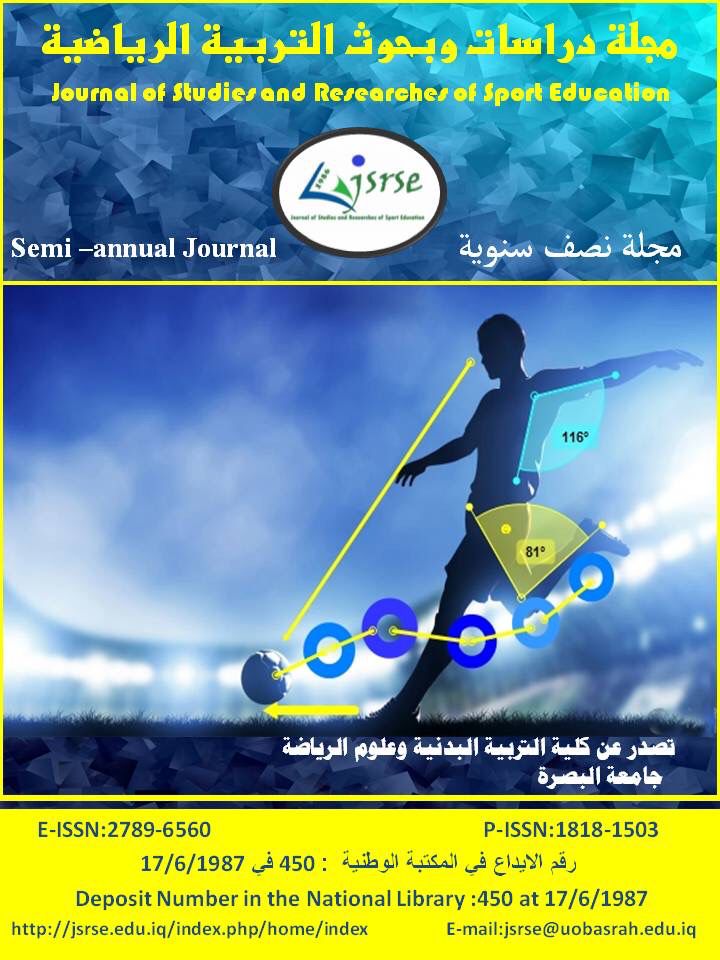




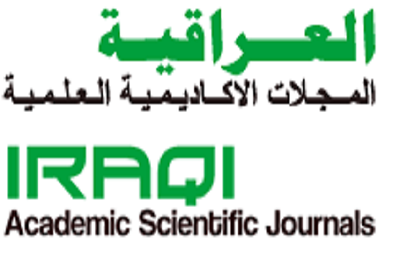 IASJ
IASJ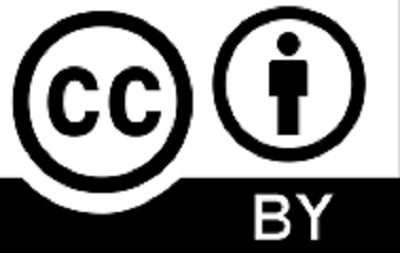 CC-BY-4.0
CC-BY-4.0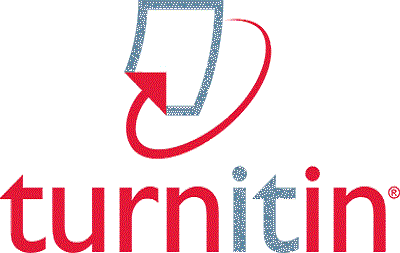 turnitin
turnitin ISSN
ISSN DOAJ
DOAJ Crossref
Crossref GoogleScholar
GoogleScholar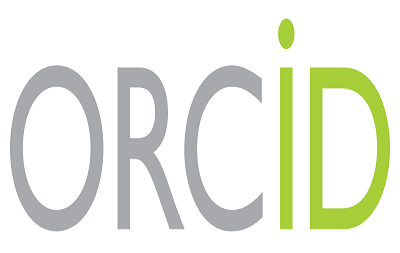 Orcid
Orcid